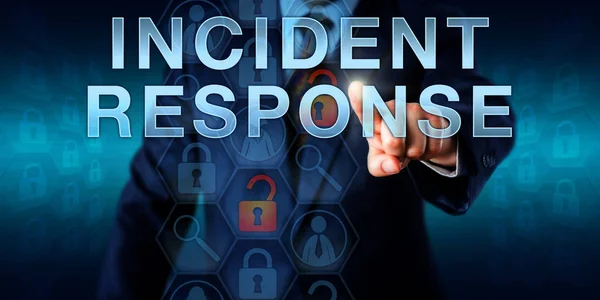Cybersecurity is a growing concern for many organizations, as cyberattacks become increasingly frequent and sophisticated. One of the most recent and dangerous threats is ransomware, a type of malware that blocks access to a user’s or organization’s files until a ransom is paid. If your business has fallen victim to a ransomware attack, it’s important to take immediate action to limit damage and restore data.
1.Identify the source of infection
The first step in responding to a ransomware attack is to identify the source of the infection. It’s important to know which system or user has been infected, in order to limit the spread of the malware. Antivirus scanning tools and security logs can be used to determine the origin of the attack.
2.Isolate infected systems
Once the source of infection has been identified, it is important to isolate infected systems to prevent the ransomware from spreading. Infected systems must be disconnected from the network and from other systems to prevent the ransomware from spreading. Backups should also be quarantined to prevent possible corruption of backup files.
3.Assess the extent of the damage
Once infected systems have been isolated, it’s important to assess the extent of the damage. Files that have been encrypted by the ransomware need to be identified and assessed to determine whether recovery is possible. Cybersecurity experts may be needed to help with this assessment.
4.Restore from backups
The best way to restore files encrypted by ransomware is to recover them from backups. It’s important to ensure that backups are reliable and up-to-date, and to take steps to strengthen backup security in the future. If backups are unavailable or also affected by ransomware, more advanced data recovery may be required.
5.Reinforce organizational security
Once the situation is under control, it’s important to strengthen the organization’s security to prevent a future ransomware attack. This can include updating software and operating systems, training employees in IT security and implementing stricter security policies.
In conclusion, ransomware attacks are becoming increasingly common and dangerous for organizations of all sizes. It’s important to take immediate action to limit damage and restore data. By following these key steps, you can respond effectively to a ransomware attack and strengthen your organization’s security in the future. If you need help strengthening your IT security, check out our cybersecurity training courses to gain the skills and knowledge you need to protect your organization against IT security threats.

